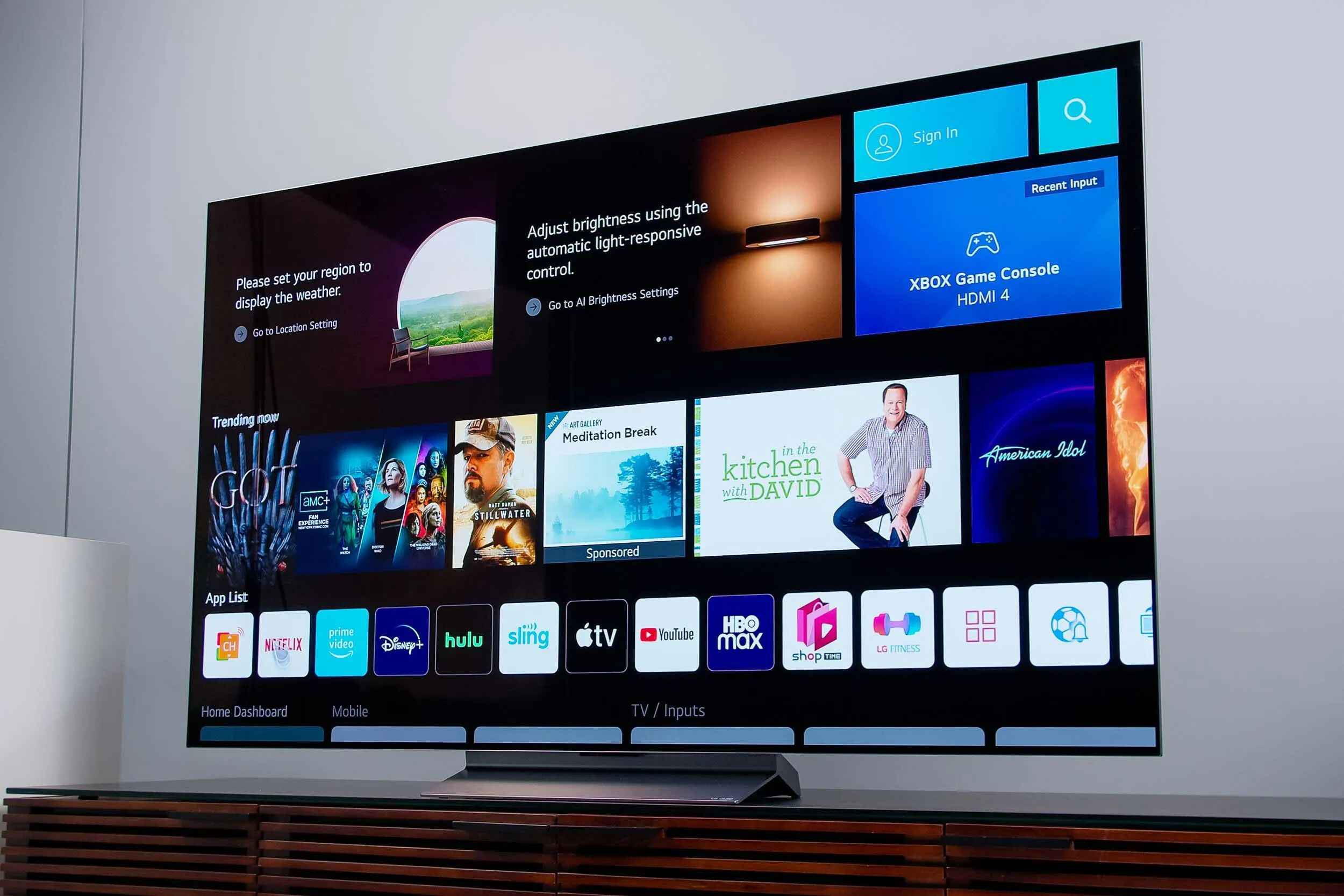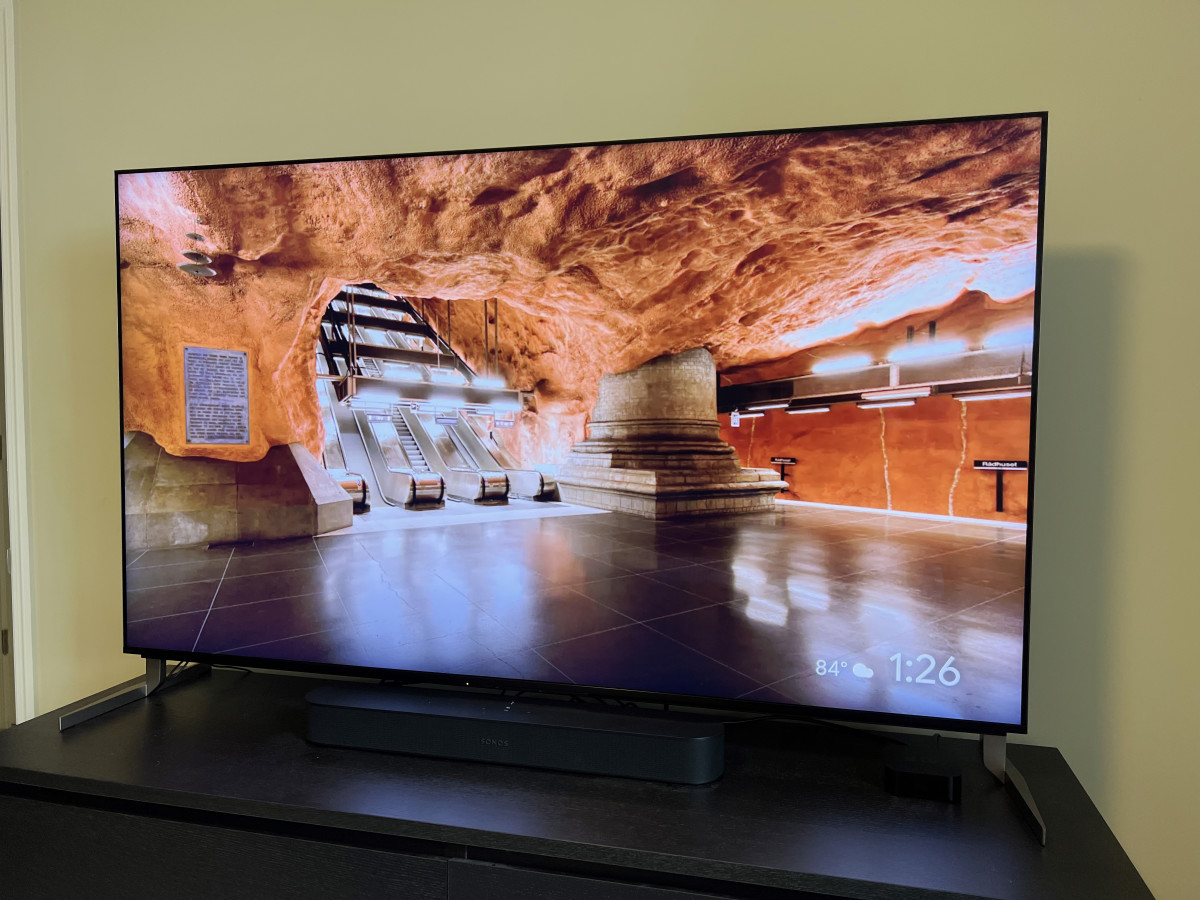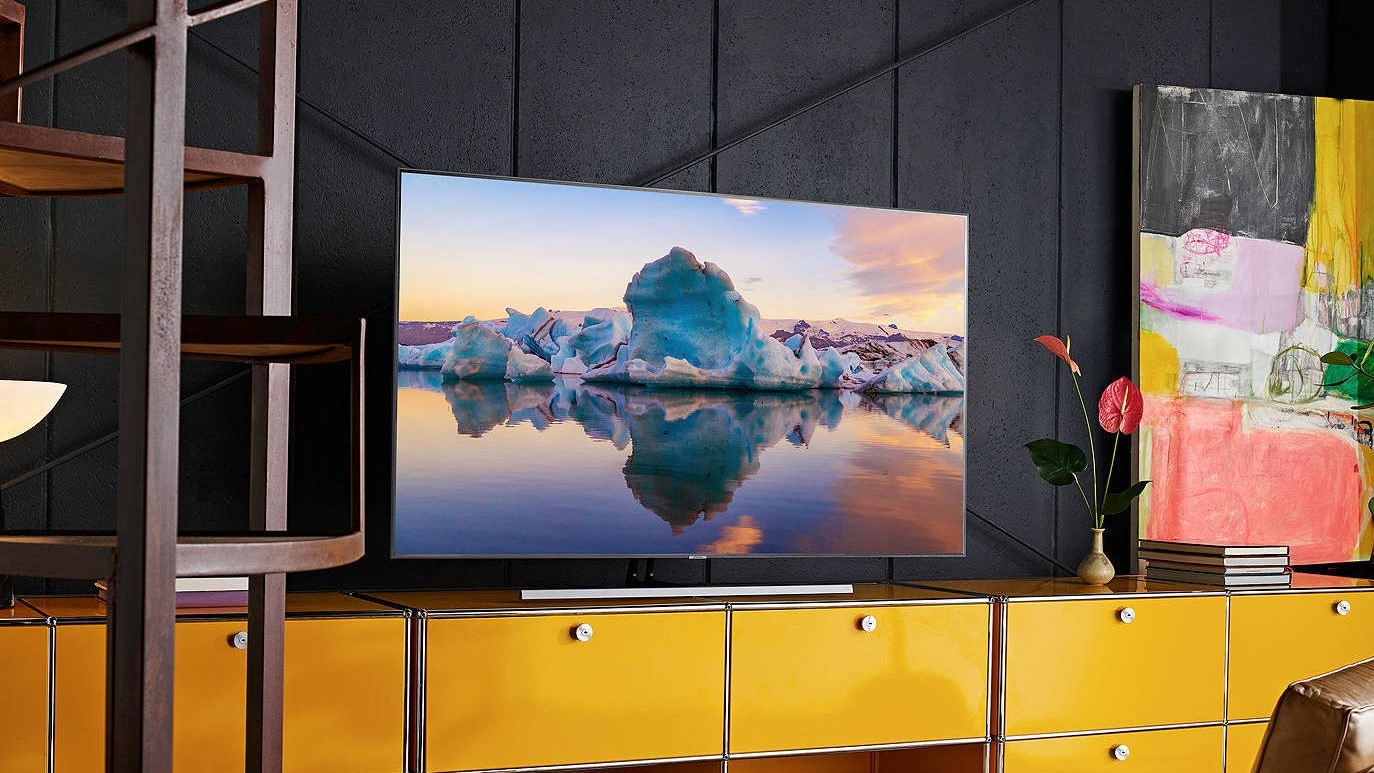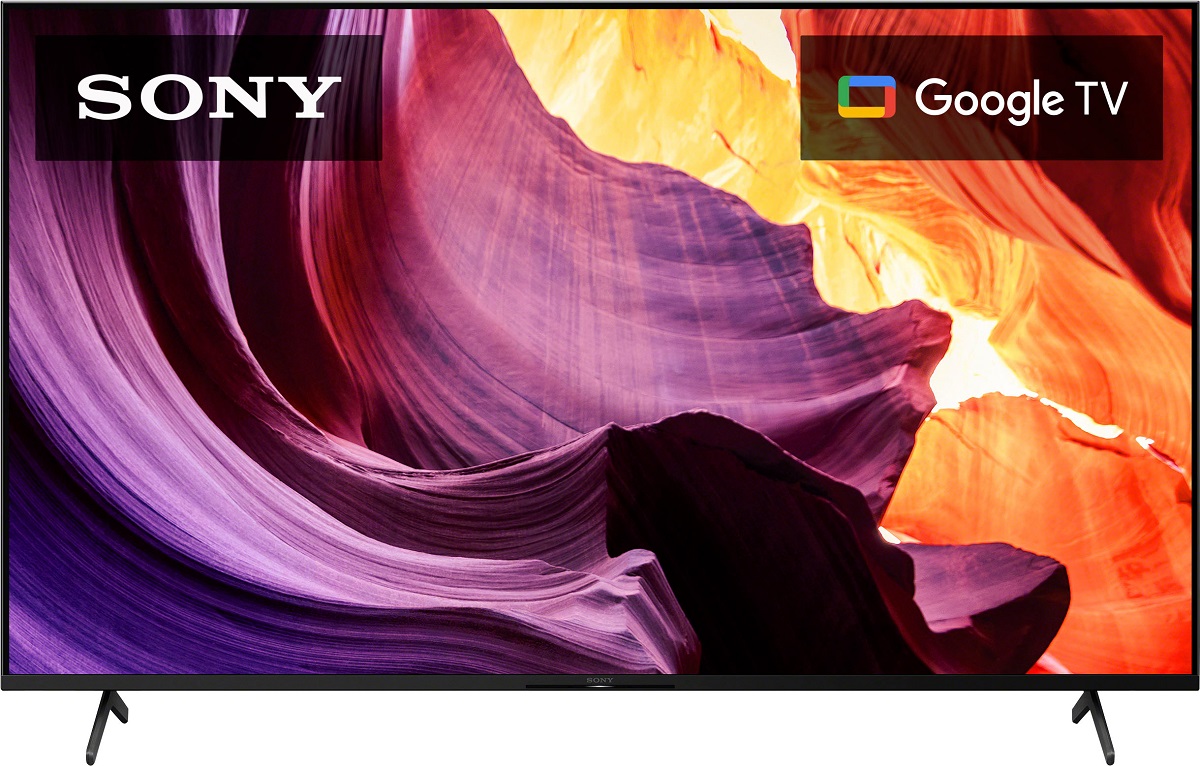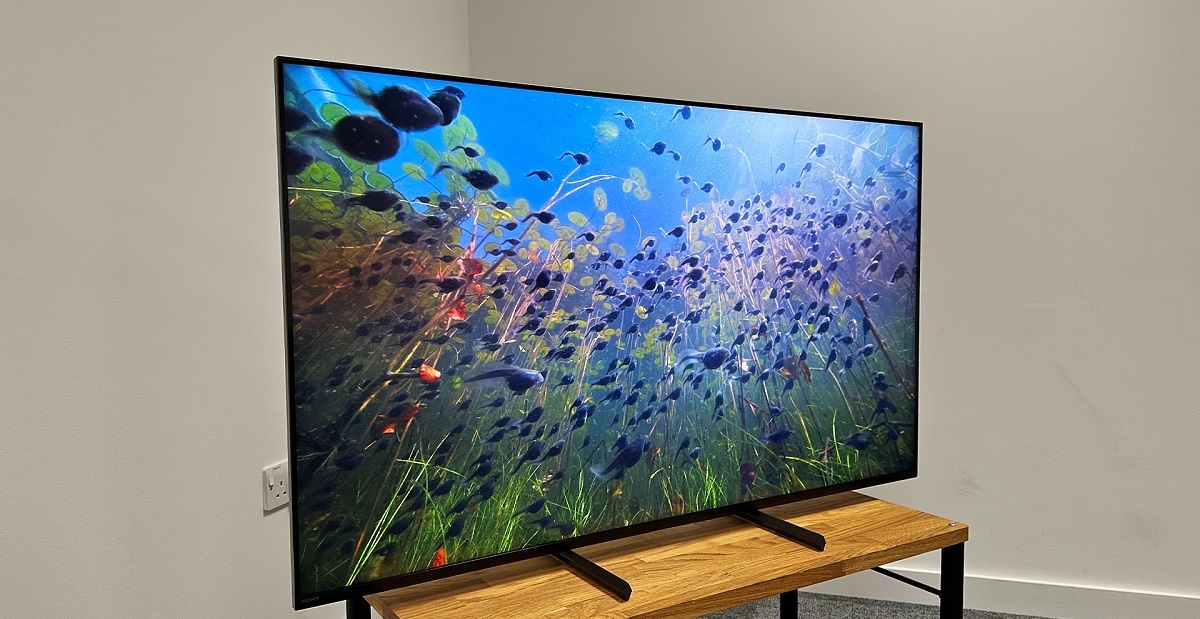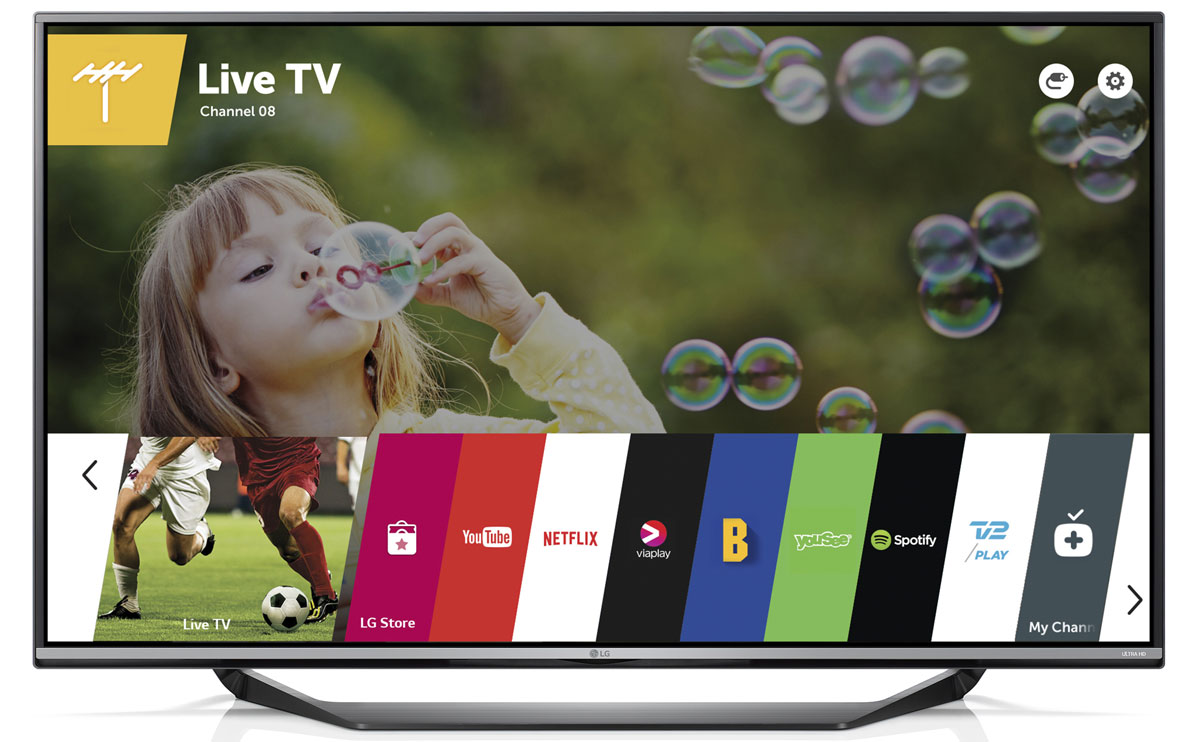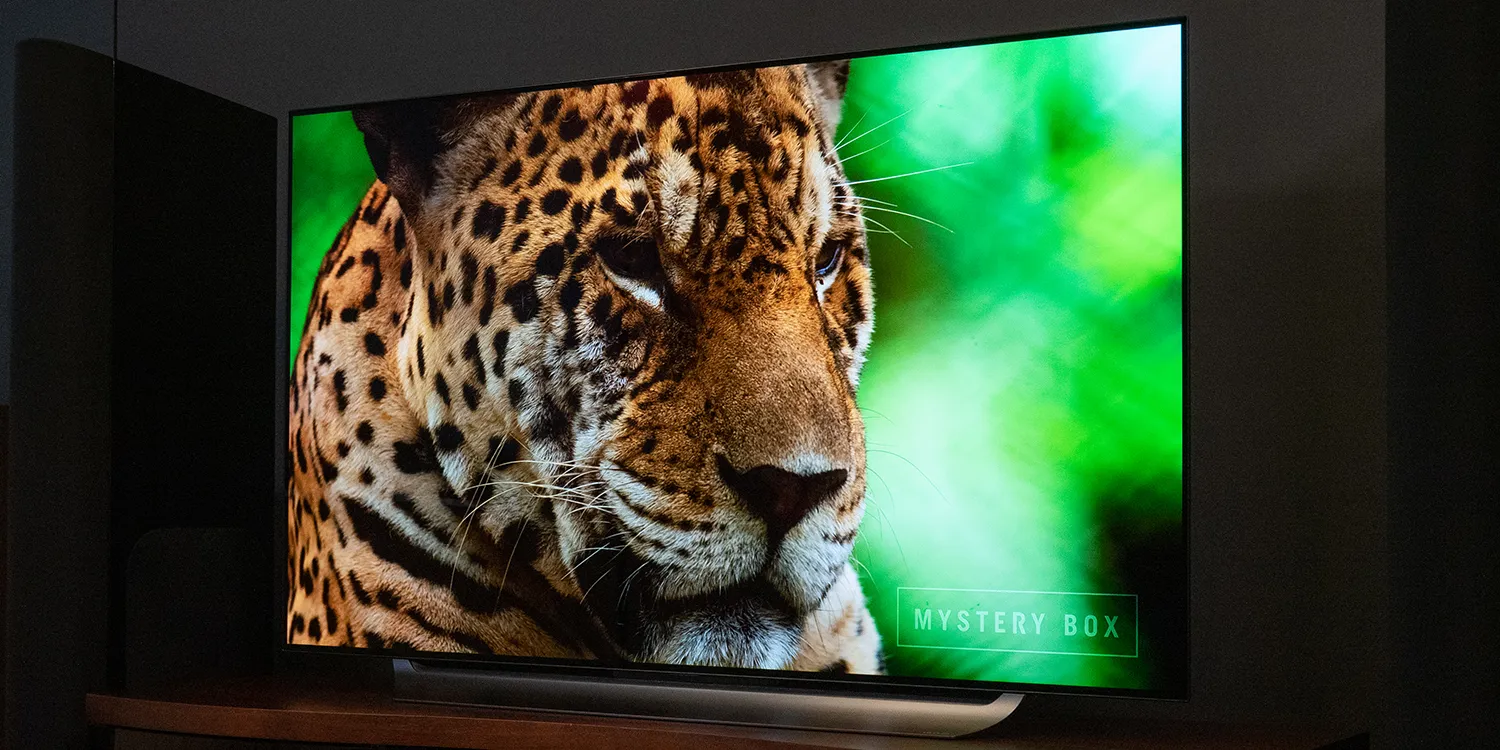Introduction
OLED TVs have quickly become a popular choice among television enthusiasts for their stunning picture quality and sleek design. However, if you’re new to owning an OLED TV, you may find yourself wondering where the camera is located. Understanding the camera placement on your OLED TV is crucial for various reasons, including troubleshooting, video conferencing, and maintaining your privacy.
In this article, we will discuss why it is essential to know the location of the camera on your OLED TV. We will also explore different OLED TV models and their camera placements to help you locate the camera easily. Additionally, we will provide tips on finding the camera on OLED TVs without a built-in camera and address privacy and security concerns surrounding built-in cameras.
By the end of this article, you will have a clear understanding of how to identify the camera on your OLED TV and be equipped with the knowledge to make the most of its features while ensuring your privacy is protected.
Why Do I Need to Find the Camera on My OLED TV?
Understanding the location of the camera on your OLED TV is crucial for several reasons. Firstly, it allows you to troubleshoot any issues you may encounter while using applications or features that require the camera. Knowing where the camera is positioned will help you determine whether there are any obstructions or if it needs to be adjusted for optimal performance.
Secondly, many modern OLED TVs come equipped with video conferencing capabilities. Locating the camera on your TV allows you to position yourself properly during video calls, ensuring that you are visible to the other participants. By being aware of the camera’s placement, you can adjust your seating position, lighting, and surroundings to enhance the quality of your video calls.
Additionally, knowing the camera’s location on your OLED TV helps you maintain your privacy. Some users may have concerns about being unknowingly recorded or having their privacy invaded through the built-in camera. By being informed about where the camera is situated, you can take precautions such as covering the camera when not in use or disabling the camera through the TV’s settings.
Furthermore, understanding the camera placement allows you to take advantage of features that utilize the camera, such as motion detection for smart home integration or gesture control for navigating menus and settings. Being aware of the camera’s position enables you to interact seamlessly with these convenient features and enjoy a more immersive and personalized TV experience.
Overall, finding the camera on your OLED TV is essential not only for troubleshooting and optimizing performance but also for maximizing the utility of video conferencing capabilities and protecting your privacy. By familiarizing yourself with the camera’s location, you can ensure that you make the most of your OLED TV’s features while staying in control of your personal information and security.
Different OLED TV Models and Their Camera Placements
The location of the camera on an OLED TV can vary depending on the brand and model. While some OLED TVs have a visible camera in a specific spot, others may not even have a built-in camera. It’s crucial to know the camera placement of your specific OLED TV model to utilize its features effectively. Here are some common camera placements found on different OLED TV models:
- Top of the TV: Some OLED TV models feature the camera positioned at the top of the TV, either in the center or on one of the corners. This placement allows for a clear view of the room and the users during video calls or other camera-dependent activities.
- Pop-up camera: Certain OLED TV models come equipped with a pop-up camera that remains hidden when not in use and can be manually raised when needed. This discreet design helps protect your privacy, as the camera remains concealed when you’re not actively using it.
- Hidden camera: In some OLED TV models, the camera is cleverly integrated into the TV’s design, making it difficult to identify at first glance. These hidden cameras are often located near the top, bottom, or sides of the TV and blend seamlessly into the overall aesthetics of the device.
- No built-in camera: It’s important to note that not all OLED TVs have a built-in camera. Some models may rely on external webcams for video conferencing or lack camera functionality entirely. In such cases, if video calls or camera-related features are desired, an external webcam can be connected to the TV’s USB ports.
To determine the specific camera placement on your OLED TV, refer to the user manual or search for the model number online. The manufacturer’s documentation or official website should provide detailed information about where the camera is located on your particular TV model.
By knowing the camera placement on your OLED TV, you can make the most of its features and ensure optimal performance during video calls, motion detection, or gesture-based interactions.
How to Locate the Camera on OLED TVs Without a Built-in Camera
While many OLED TV models come with a built-in camera, there are also models that do not have a camera integrated into their design. However, if you need camera functionality for video conferencing or other purposes, you can still connect an external webcam to your OLED TV. Here are some steps to help you locate the camera on OLED TVs without a built-in camera:
- Check USB ports: Most OLED TVs have one or more USB ports located on the back or sides of the screen. Look for these ports to connect an external webcam. The user manual or manufacturer’s website should provide information on compatibility and recommended webcam models.
- Read the user manual: Consult the user manual accompanying your OLED TV to find specific instructions on connecting an external webcam. The manual should detail the process and any additional settings required to enable the webcam’s functionality.
- Research online: If you don’t have access to the user manual or need more information, search for your OLED TV model online. Manufacturers often provide resources and documentation on their websites, including step-by-step guides on connecting external webcams and troubleshooting potential issues.
- Consider compatibility: When purchasing an external webcam, ensure that it is compatible with your OLED TV. Look for webcams that support your TV’s operating system and have the necessary connections, such as USB or HDMI. Reading customer reviews and checking the manufacturer’s specifications can help you choose the right webcam for your needs.
- Position the webcam: Once your external webcam is connected to your OLED TV, position it securely on top of or near the TV, ensuring that it has a clear view of the room and users. Adjust the webcam’s angle and settings to optimize video quality and ensure that you are properly framed during video calls.
By following these steps, you can successfully locate and connect an external webcam to your OLED TV, even if it does not have a built-in camera. This allows you to enjoy video conferencing, motion detection, and other camera-dependent features on your OLED TV, enhancing your overall viewing experience.
Tips for Finding the Camera on OLED TVs with a Built-in Camera
For OLED TVs that come with a built-in camera, locating the camera’s position is essential for optimal performance and utilization of camera-dependent features. Here are some tips to help you find the camera on your OLED TV:
- Check the bezel: Inspect the bezel surrounding the screen of your OLED TV. In some models, the camera is located within the bezel, usually at the top, center, or corners. Look for a small, circular lens or a distinctive design element that indicates the camera’s placement.
- Review the user manual: Refer to the user manual provided with your OLED TV. The manual should contain information about the camera’s location and how to access its features. Look for a dedicated section on camera usage or a diagram that shows the camera’s position.
- Explore the TV’s settings: Go through the settings menu on your OLED TV. Look for options related to the camera, such as video conferencing, motion detection, or gesture control. These settings can give you valuable insights into the camera’s location, as well as allow you to enable or disable specific camera features as desired.
- Search online: If the user manual or settings menu doesn’t provide clear information, do a quick internet search for your specific OLED TV model. Often, users share insights and tips on forums or online communities, which may include details about the camera’s placement and functionality.
- Inspect the TV’s frame: Some OLED TVs have a transparent or translucent frame around the edges. In these cases, the camera might be embedded within the frame itself. Carefully examine the frame for any visible camera lenses or indicators that suggest the camera’s presence.
- Consult customer support: If all else fails, reach out to the customer support of the manufacturer or retailer from whom you purchased the OLED TV. They can provide specific guidance and assistance in locating the camera on your TV model.
By following these tips, you can successfully locate the built-in camera on your OLED TV. Once you have identified its position, you can take full advantage of camera-dependent features like video conferencing, gesture control, or facial recognition, enhancing your overall viewing experience and interaction with your OLED TV.
Concerns about Privacy and Security with Built-in Cameras on OLED TVs
While built-in cameras on OLED TVs offer convenience and functionality, it is important to address concerns regarding privacy and security. Here are some key considerations to keep in mind:
- Unintended recording: Many users worry about the camera potentially recording them without their knowledge or consent. To mitigate this concern, manufacturers often include indicators, such as LED lights, that indicate when the camera is active. Additionally, some TVs allow you to disable the camera entirely when not in use.
- Unauthorized access: Built-in cameras pose a potential risk of unauthorized access, allowing others to view and record your activities. To protect against this, it is crucial to secure your OLED TV and home network with strong passwords, regularly update firmware and software, and keep an eye out for any suspicious activities or unauthorized access attempts.
- Privacy settings: Check your OLED TV’s privacy settings to ensure that you have control over the camera’s functionality. Some TVs offer granular controls, allowing you to specify which applications or features can access the camera and when it is allowed to activate. Adjusting these settings according to your preferences can enhance your privacy and provide peace of mind.
- Physical cover: If you have concerns about the camera’s visibility or accidental activation, you can consider using a physical cover, such as a privacy sticker or a sliding camera cover. These accessories can block the camera lens when it is not in use, providing an additional layer of privacy and security.
- Firmware updates: It is crucial to regularly update the firmware and software of your OLED TV. Manufacturers often release updates to fix security vulnerabilities and improve privacy settings. Ensuring that your TV is running the latest version of the software helps protect against potential threats and ensures that you have access to the latest privacy features.
- Manufacturer’s privacy policy: Familiarize yourself with the manufacturer’s privacy policy and terms of service. This can give you valuable insights into how the manufacturer handles your data, whether they share it with third parties, and what security measures they have in place. Understanding the privacy practices of the manufacturer can help you make informed decisions about using the built-in camera on your OLED TV.
By being aware of these concerns and taking necessary precautions, you can enjoy the benefits of a built-in camera on your OLED TV while protecting your privacy and ensuring the security of your personal information.
Conclusion
Understanding the location and functionality of the camera on your OLED TV is essential for troubleshooting, video conferencing, and maintaining your privacy. By familiarizing yourself with the camera placement on your specific OLED TV model, you can optimize its performance, make the most of camera-dependent features, and protect your personal information.
Different OLED TV models have varying camera placements, with some having a visible camera on the top, sides, or within the bezel, while others rely on external webcams for camera functionality. By checking the user manual, exploring the TV’s settings, and researching online, you can easily locate the camera on your OLED TV or connect an external webcam if needed.
While using the built-in camera on your OLED TV, it is important to address concerns about privacy and security. Take advantage of privacy settings, firmware updates, and physical covers to protect against unintended recording and unauthorized access. Familiarize yourself with the manufacturer’s privacy policy to understand how your data is handled.
By following these tips, you can confidently navigate the camera features of your OLED TV and enjoy video conferencing, gesture control, and other camera-dependent capabilities while ensuring your privacy and security. Stay informed, take appropriate precautions, and make the most of your OLED TV’s camera functionality to enhance your overall viewing experience.







